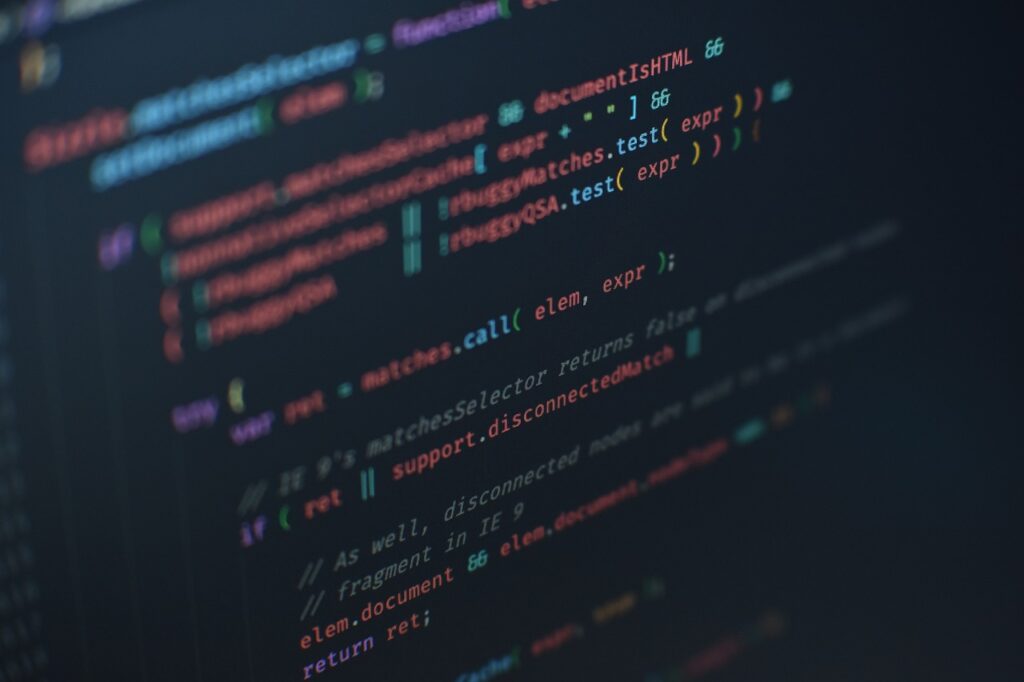1. What is JavaScript, and what are its primary features?
JavaScript is a programming language that is used to create interactive web pages. Its primary features include a syntax that is similar to C and Java, dynamic typing, and support for functional and object-oriented programming paradigms.
2. What is the difference between let and var in JavaScript?
The primary difference between let and var in JavaScript is that let is block-scoped, whereas var is function-scoped. This means that variables declared with let are only accessible within the block they are declared in, while variables declared with var are accessible throughout the entire function.
3. What is hoisting in JavaScript?
Hoisting is a JavaScript mechanism where variable and function declarations are moved to the top of their respective scopes before the code is executed. This means that you can use a variable or function before it is declared.
4. What are the different types of data in JavaScript?
JavaScript has six different data types: undefined, null, boolean, number, string, and object.
5. What is the difference between == and === in JavaScript?
The double equals (==) operator compares two values for equality, while ignoring their data type. The triple equals (===) operator compares two values for equality, but also checks that they are of the same data type.
6. What is a closure in JavaScript?
A closure is a function that has access to variables in its outer function, even after the outer function has returned.
7. What is the event loop in JavaScript?
The event loop is a mechanism in JavaScript that manages the execution of code by processing events from the event queue.
8. What is the difference between synchronous and asynchronous code in JavaScript?
Synchronous code is executed in a single thread, meaning that one line of code is executed at a time, and the program waits for each line to finish before moving on to the next one. Asynchronous code, on the other hand, allows multiple lines of code to be executed at the same time, without waiting for each line to finish.
9. What is a callback function in JavaScript?
A callback function is a function that is passed as an argument to another function, and is executed when the parent function is called.
10. What is the difference between call and apply in JavaScript?
The call method is used to invoke a function with a specified this value and arguments provided individually. The apply method is used to invoke a function with a specified this value and arguments provided as an array.
11. What is the difference between null and undefined in JavaScript?
Null represents an intentional absence of any object value, while undefined represents a variable that has been declared but not yet assigned a value.
12. What is the difference between map and forEach in JavaScript?
The map method creates a new array by applying a function to each element of an existing array. The forEach method executes a function once for each element in an array, but does not create a new array.
13. What is the difference between let and const in JavaScript?
The primary difference between let and const in JavaScript is that const creates a read-only reference to a value, while let creates a mutable reference.
14. What is a promise in JavaScript?
A promise is a JavaScript object that represents the eventual completion (or failure) of an asynchronous operation and its resulting value.
15. What is the difference between a class and an object in JavaScript?
A class is a template for creating objects, while an object is an instance of a class.
16. What is the difference between synchronous and asynchronous code in JavaScript?
Synchronous code is executed in a single thread, meaning that one line of code is executed at a time, and the program waits for each line to finish before moving on to the next one. Asynchronous code, on the other hand, allows multiple lines of code to


